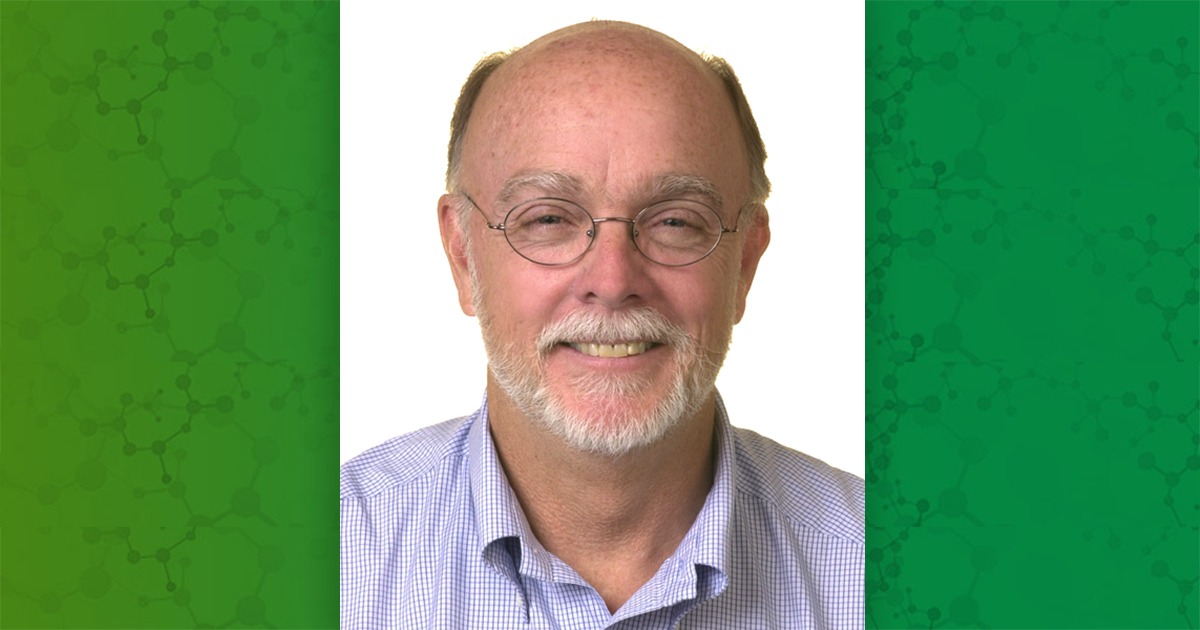Current research on climate change and environmental health, as well as strategies to make ecosystems and communities more resilient to climate-related events, headlined the agenda of the first session of the NIEHS Superfund Research Program (SRP) Climate Change and Health webinar series, held Oct. 7.
“Climate change affects human health and well-being in many ways,” said SRP Director William Suk, Ph.D., during opening remarks. “Changing environmental conditions, like rising temperatures, droughts, floods, wildfires, and other extreme weather events can disperse pollutants, increase exposure to heat, introduce new pests and pathogens, and strain infrastructure systems.”
“SRP grantees are well positioned to leverage existing research and infrastructure to address emerging environmental health problems,” said SRP Health Specialist Sara Amolegbe, session moderator and lead organizer of the series. “This first session showcased exciting research by SRP grantees to reduce exposures that may be exacerbated by changing climate conditions and climate-related disasters.”
Promoting plant growth in arid ecosystems
A healthy soil microbiome — a community of microorganisms such as bacteria — is important for the reclamation of mine wastes in arid ecosystems, according to Raina Maier, Ph.D.(https://tools.niehs.nih.gov/srp/people/details.cfm?Person_ID=4338), who directs the SRP Center at the University of Arizona(https://tools.niehs.nih.gov/srp/programs/Program_detail.cfm?Project_ID=P42ES004940). Maier and her team study how promoting vegetating cover at mining waste sites in arid environments can stabilize contaminants and prevent their transport into the environment.
“A diverse soil microbiome supports plant growth in these arid sites, where vegetation is missing,” Maier said.
Maier described her team’s work at the Iron King Mine and Humboldt Smelter Superfund Site in Dewey-Humboldt, Arizona. The site is in a semi-arid environment, is highly acidic — which is detrimental to plant growth — and has elevated levels of metals so the researchers are adding compost containing microorganisms to promote the growth of native plants that can contain the contaminants.
 Plant roots are better able to adapt to environmental stress after compost treatment. (Photo courtesy of Raina Maier)
Plant roots are better able to adapt to environmental stress after compost treatment. (Photo courtesy of Raina Maier)“About 40% of the terrestrial environment is dry lands and 10-20% of these dry lands are considered degraded,” Maier concluded. “The importance of a healthy microbiome will increase with climate warming, because we expect arid ecosystems to increase in size, or become more arid, as well.”
Green infrastructure and flood-resilient cities
Galen Newman, Ph.D.(https://tools.niehs.nih.gov/srp/people/details.cfm?Person_ID=41129), of the Texas A&M University SRP Center(https://tools.niehs.nih.gov/srp/programs/Program_detail.cfm?Project_ID=P42ES027704) introduced a green infrastructure toolkit developed by his team to address the needs of residents of Galena Park, a small city in Texas that is home to large industrial complexes.
Galena Park has experienced severe flood damage from the tropical storms and hurricanes that frequently hit the U.S. Gulf Coast. These flood events result in economic loss and damaged infrastructure and expose residents to chemicals transferred from nearby industrial sites, increasing health risks.
“Our green infrastructure toolkit, called Adaptive Stormbox, has the potential to lessen both flooding and contamination issues,” Newman explained.
Their toolkit includes green buffer zones created between industries and where stormwater collects after rainfall events; retention ponds, rain gardens, tree boxes and pervious pavement soak up water from the street and conduct it to the aquifer underneath. For commercial areas, their plan also includes green roofs, green parking, and urban farms.
“We modeled the predicted impact of our Stormbox and found that it adds 481% of new space and decreases stormwater runoff by 14% and pollutant load by 13%, reducing exposure to chemicals transferred during flood events and improving public health,” Newman concluded.
Reusing stormwater
“Climate change is also affecting our drinking water sources,” said David Sedlak, Ph.D.(https://tools.niehs.nih.gov/srp/people/details.cfm?Person_ID=8340), of the University of California, Berkeley SRP Center(https://tools.niehs.nih.gov/srp/programs/Program_detail.cfm?Project_ID=P42ES004705). “As our reservoirs empty out, we will need to find alternative options for safe drinking water. Instead of relying on pristine groundwater aquifers, we need to start thinking about reusing our wastewater.”
Sedlak provided an overview of new water filtration techniques that transform urban runoff into a drinking water source.
“Urban runoff, the water that flows through streets and gutters when it rains, may contain hazardous substances,” Sedlak said. “Our team has developed inexpensive filters that can remove contaminants without impeding water flow during the filtration process.”
Their system uses a woodchip bio filter, commonly used in agriculture settings to treat runoff containing nitrate, and biochar to remove organic contaminants. Biochar is a black carbon substance made of wood or agricultural waste.
 To perfect their porous material, researcher Marc Teixido and others led by Sedlak at UC Berkeley expose their materials to different field conditions inside a trailer with direct access to stormwater. (Photo courtesy of David Sedlak)
To perfect their porous material, researcher Marc Teixido and others led by Sedlak at UC Berkeley expose their materials to different field conditions inside a trailer with direct access to stormwater. (Photo courtesy of David Sedlak)“Stormwater infiltration systems usually use sand, which doesn’t let the water flow,” Sedlak explained. “For our system, we have replaced it with other types of porous media that still let the water flow, but also remove contaminants as it flows.”
SRP as a model for climate change research
“SRP’s multidisciplinary research is a model of how researchers can pivot to address climate change in diverse contexts and meet emerging public health challenges,” Suk reflected. “Grantees across the country are addressing emerging and evolving challenges associated with climate change while developing new tools and strategies that can be adapted by others to promote sustainability, health, and resilience.”
SRP supports research to better understand and address the effects of flooding, fire, other disaster events, and land use changes on exposure to hazardous substances. To learn more about this research, see SRP’s Science Digest on Climate Change.
Citation: Ashoori N, Teixido M, Spahr S, LeFevre GH, Sedlak DL, Luthy RG. 2019. Evaluation of pilot-scale biochar-amended woodchip bioreactors to remove nitrate, metals, and trace organic contaminants from urban stormwater runoff. Water Res 1(154):1-11.
(Mali Velasco is a science writer for MDB Inc., a contractor for the NIEHS Superfund Research Program.)
Source link
factor.niehs.nih.gov


